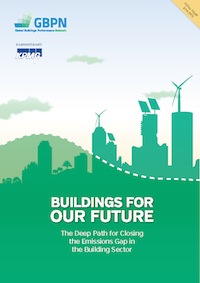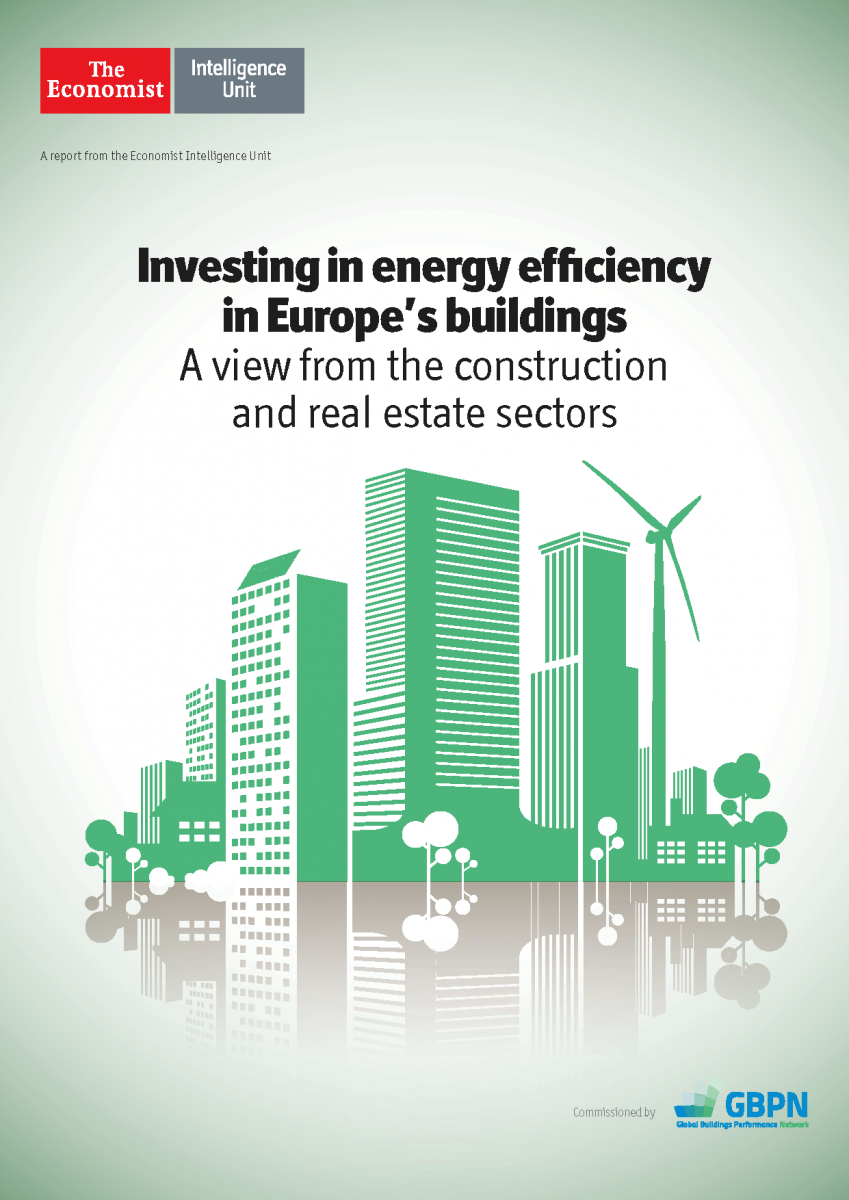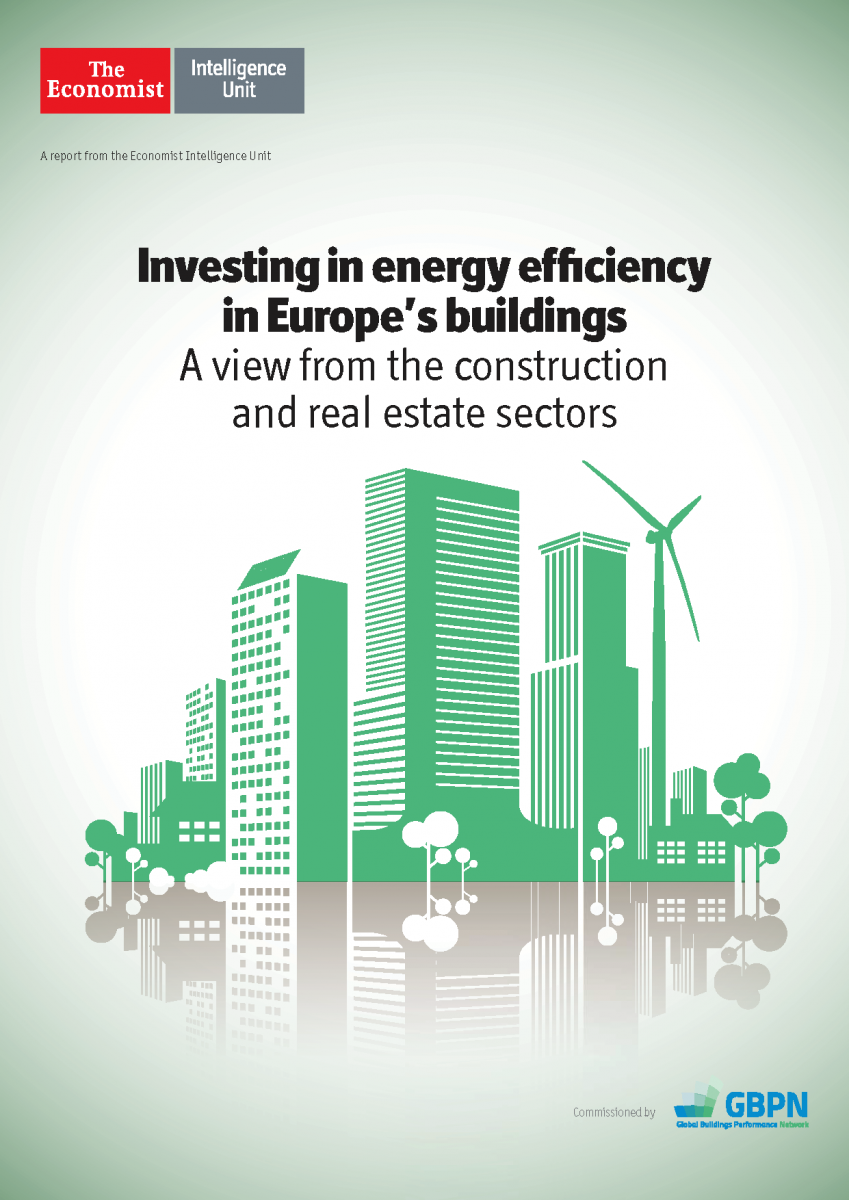Buildings For Our Future, The Deep Path for Closing the Emissions Gap in the Building Sector
 Highlight
Highlight
Why buildings hold the key to a low-carbon future? The GBPN provides evidence that ambitious improvements in the energy performance of buildings can reduce their CO2 emissions by one third by 2050 and sets out the necessary steps towards a "Deep market transformation".
 Highlights
Highlights Highlights
Highlights